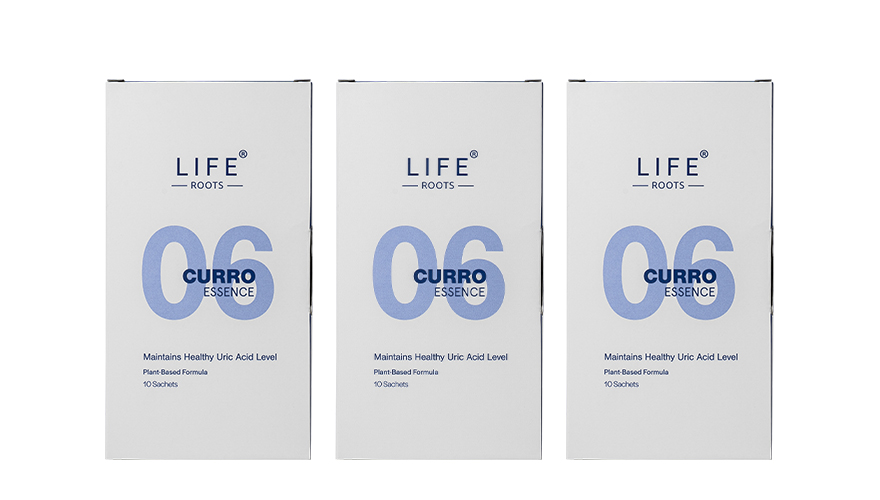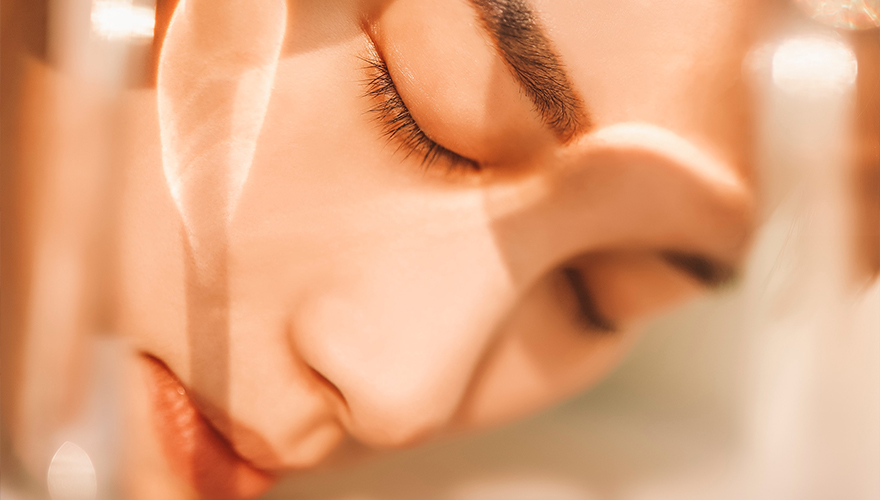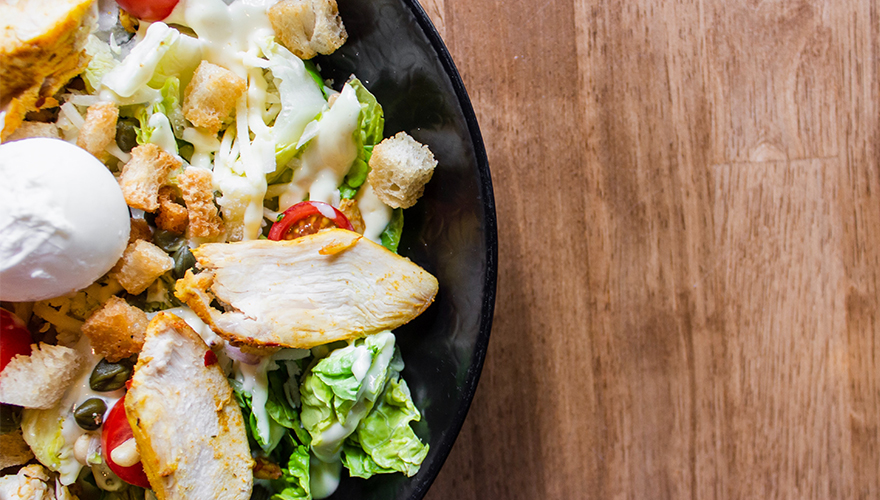Gout, The Rich Man’s Disease
If you think that the Rich Man’s Disease if having too much fortune and not knowing where to spend it, you are in for a surprise. The Rich Man’s Disease is actually an agonising form of inflammatory arthritis, often described as tiny painful crystals in the joint.
Gout usually affects one joint at a time, and more often or not, it often appears in the big toe joint. There are episodes where the symptoms worsen and flare up, and there are also periods where there are no symptoms or remissions.
Symptoms of gout include:
1. Severe pain in one or more joints
2. Joints feeling hot and tender
3. Red and shiny skin over affected joint
There is no actual cure for gout, but you can effectively treat and manage the condition with the right care, medication, and self-management.
Causes of gout
Now that we know what gout is, the real question is…what causes these gout crystals to form? Gout occurs when there is an excessive build-up of uric acid in the blood. When someone has too much uric acid in their blood, their kidneys will likely not be able to filter out the extra uric acid, causing these tiny, sharp crystals to form in, and, or around the joints. These crystals then cause the joints to then become inflamed and pain.

Who is at risk for gout?
It has been shown that men have a higher chance of getting gout as compared to women. If you have a fructose or purine rich diet, you may also be at risk of gout. Purine rich foods include red meat and organ meat. Some seafoods such as anchovies, mussels, sardines, scallops, trout, and tuna are also high in purine.
Here are some other factors that heightens the risk of getting gout:
1. High alcohol consumption
2. Consuming food that are high in fructose (a type of sugar)
3. Consuming too much purine
4. Congestive heart failure
5. Hypertension
6. Obesity
7. Diabetes
8. Poor kidney function
Gout can also lead to further complications, especially if left untreated. These complications include:
1. Kidney stones
2. Tophi (small firm lumps of uric acid crystals under the skin)
3. Permanent joint damage
This is why it is important that you consult a healthcare provider as soon as possible, if you suspect the presence of these gout crystals.
Treatment for gout
Although there is no cure this painful disease, there are treatments available to relieve the symptoms, and keep it under control. Gout can be effectively treated and managed with the appropriate medical treatment plan, accompanied by self-management and adjustments in lifestyle choices.
Treatments for flare management consists of nonsteroidal anti-inflammatory drugs (NSAIDs) like ibuprofen, steroids, and colchicine (an anti-inflammatory medication).
Treatments for the prevention of future flares involves making lifestyle and diet adjustments. Changes such as losing weight, limiting alcohol intake, consuming less purine rich food can contribute to the prevention of future attacks. Replacing or stopping medications associated with hyperuricemia, like diuretics, may also help. However, you should have this reviewed with your healthcare provider to see if this is a viable option.
If you have frequent acute flares of tophi, or if you have chronic gout, your healthcare provider may recommend preventive therapy to lower uric acid levels in the blood.

LIFE ROOTS Curro Essence, is formulated with powerful natural xanthine oxidase inhibitors such as cherry, ginger, white chrysanthemum, pandan leaf, nettle, and fructus ligustri lucidi. The combination of these ingredients also possess analgesic, anti-oxidant and anti-inflammatory properties which help to regulate uric acid production, reduce uric acid crystal build up in the joints, and relieve pain and swelling in joints.





